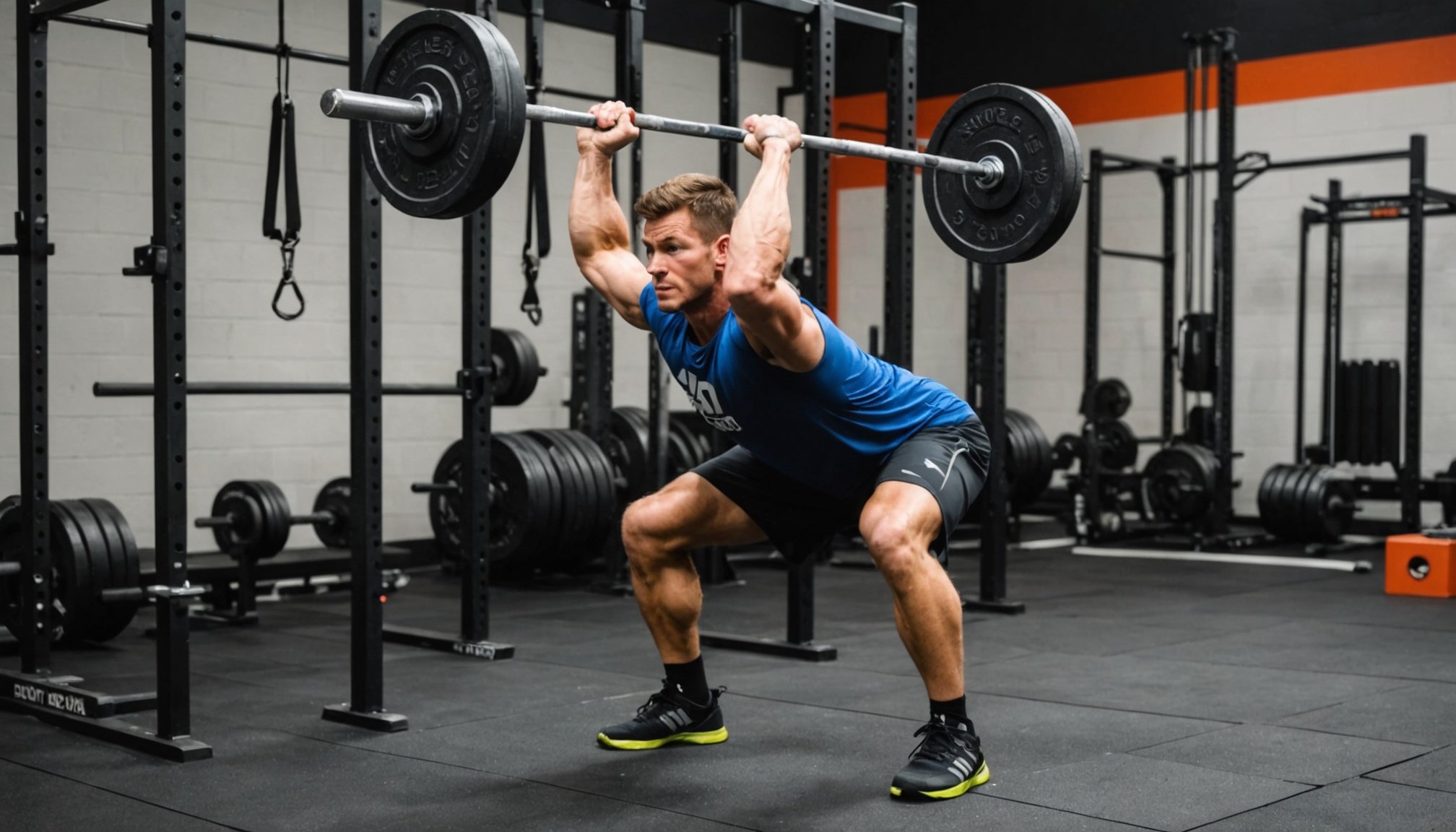If you’ve ever found yourself struggling to achieve that final push during a bench press or squat, don’t worry, you are not alone. This struggle is commonly known as a "sticking point" in the exercise world. It is the point during a lift where resistance seems overwhelming, and progress seems like a far-fetched dream. Luckily, there’s a technique that can help overcome this hurdle: isometric holds. This article will delve into the world of isometrics and highlight how incorporating it into your training regime can empower you to push past these sticking points.
Understanding Isometrics
Before diving headfirst into the practical applications, it’s essential to grasp the underlying principles of isometric training. Isometrics refer to a type of strength training where the joint angle and muscle length do not change during contraction. Unlike typical exercises that involve movement, isometrics require you to hold a position for a certain time.
Also read : What are the mechanical impacts of drop sets versus pyramid sets on muscle fatigue?
A recent study published on Pubmed underscores the effectiveness of isometrics in increasing overall strength. When you employ isometric holds during your lifts, you force your muscles to remain static, which in turn, triggers a higher level of muscle activation. This increased activation has been linked to enhanced muscle strength, as per the research findings in Google Scholar.
Identifying the Sticking Points
Now that we understand what isometrics are, the next step is identifying your sticking points. These are the positions during a lift where you struggle the most. For instance, in a squat, it could be the bottom position where you’re about to push back up, while in a bench press, it may be the midpoint where the bar is closest to your chest.
Also read : How can women tailor their muscle building routines differently than men?
Studies from Pubmed and Crossref suggest that these sticking points are largely due to biomechanical factors. During the lift, certain muscles may fail to generate enough force, resulting in decreased performance. By identifying these points, you can effectively target them with isometric exercises.
Incorporating Isometrics into Your Training
Now comes the exciting part: incorporating isometric holds into your training to strengthen these sticking points. There’s no one-size-fits-all approach here. The key is to find exercises that mimic the same position as your sticking point.
For instance, if your sticking point in a squat is at the bottom, try holding a squat position against a wall. Similarly, if you struggle midway during a bench press, try holding a push-up position halfway down. The idea is to maintain these isometric holds for as long as you can, gradually increasing the duration over time. This practice, as highlighted by Google Scholar, can help engage the same muscles involved during the lift, thereby increasing their strength over time.
Overcoming Sticking Points with Isometrics
At this point, you’ve understood isometrics, identified your sticking points, and learned how to incorporate isometrics into your training. The final step is to systematically apply these holds at the right times.
A good starting point is to add isometric holds to your warm-up routine. This will not only prime your muscles for the upcoming workout but also help you focus on your form. Additionally, you can incorporate these holds into your actual training, particularly during deload weeks when you’re lifting lighter weights.
Final Thoughts: The Role of Consistency and Patience
While incorporating isometric holds can indeed aid in overcoming sticking points during lifts, it’s important to remember that consistency and patience play a vital role. The world of strength training is replete with stories of individuals who overcame their sticking points after weeks, months, or even years of dedicated practice.
So there you have it. A comprehensive guide on how to utilize isometric holds to increase strength in sticking points during lifts. Now it’s time to apply this knowledge and conquer those sticking points. Remember, the journey of a thousand miles begins with a single step. So, start implementing these strategies today, and watch your lifting performance skyrocket in the coming weeks.
Maximizing the Benefits of Isometric Holds for Specific Exercises
After identifying your sticking points and understanding how to incorporate isometric training into your routine, it’s time to delve deeper into the benefits of this technique for specific exercises. The subsequent sections will provide a detailed overview of how to use isometric holds to enhance strength in two common lifts: the squat and the bench press.
The Squat
Often referred to as the king of all exercises, the squat is a complex lift that requires strength in several muscle groups simultaneously. The most common sticking point for many lifters is at the bottom of the squat, where the knee joint angle is at its smallest.
To overcome this sticking point, consider incorporating an isometric hold called a wall sit. This exercise challenges the same muscles engaged during a squat and directly mimics the sticking point position. To perform a wall sit, lean against a wall with your feet out in front of you. Lower yourself until your thighs are parallel to the ground and hold.
According to a study on Pubmed Crossref, incorporating isometric holds in this range of motion can dramatically improve strength and power output in the squat. The key is to ensure that the hold is challenging, but not beyond your current capacity. Gradually increase the duration of the holds over time for continuous progress.
The Bench Press
The bench press is another common lift that often presents sticking points. The most challenging part of this lift is generally the midpoint, where the bar is closest to the chest.
Overcoming this sticking point can be achieved by incorporating isometric holds with a technique known as the paused bench press. This exercise involves holding the bar at the midpoint of your bench press for a set amount of time before pressing it back up.
According to Google Scholar, this type of isometric training can significantly improve strength at the sticking point of the bench press. Just like with the squat, the goal is to gradually increase the duration of the holds over time.
Conclusion: Embrace the Power of Isometric Holds
Isometric training is a powerful tool for overcoming sticking points and enhancing overall strength. As confirmed by various references such as Google Scholar, Pubmed, and Crossref Google, isometric holds can significantly boost muscle activation, leading to increased strength at specific joint angles.
However, it’s important to approach isometric exercises with a sense of patience and consistency. Overcoming sticking points doesn’t happen overnight. They require a sustained commitment to practicing and refining your isometric holds. The journey might be slow and challenging, but the rewards of improved strength and performance are well worth the effort.
In summary, isometric holds provide a practical, science-based strategy for conquering sticking points in lifts. Whether your challenge lies in the squat, the bench press, or another lift, there’s an isometric exercise that can help. So why wait? Start incorporating these techniques into your training regime today and unlock new levels of strength and performance.













